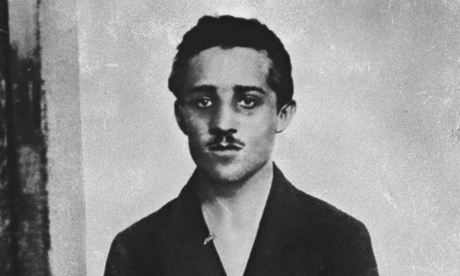
On 28 June 1914, a teenage Bosnian Serb named Gavrilo Princip shot and killed Austro-Hungarian Archduke Franz Ferdinand in Sarajevo, setting Europe on the path to a war whose impact is still felt. Yet Princip has remained an enigma, perhaps because that war's complex underlying causes have consumed historians' attention ever since. His curiosity piqued after stumbling across Princip's desecrated tomb during the 1990s conflict, journalist Tim Butcher returns to Bosnia 20 years later to find out what drove Princip to assassinate the heir to the Habsburg throne, and why he aroused such odium among Sarajevans decades after his death.
Taking Princip as his muse, Butcher provides a lively history of the region from the middle ages to the present, embellished with his observations of modern-day Bosnia and its people as he retraces the assassin's footsteps. Given the ethnic strife that dismembered Yugoslavia in the late 20th century, Princip emerges as a surprisingly sympathetic figure – not a Serbian terrorist, as he is often misrepresented, but a troubled youth who dreamt of emancipating all Slavs from Austro-Hungarian oppression. Princip's stock soared with the creation of Yugoslavia in 1918, but sank as the country began to come apart. His story as Butcher now tells it has a resonance far beyond the Balkans.

